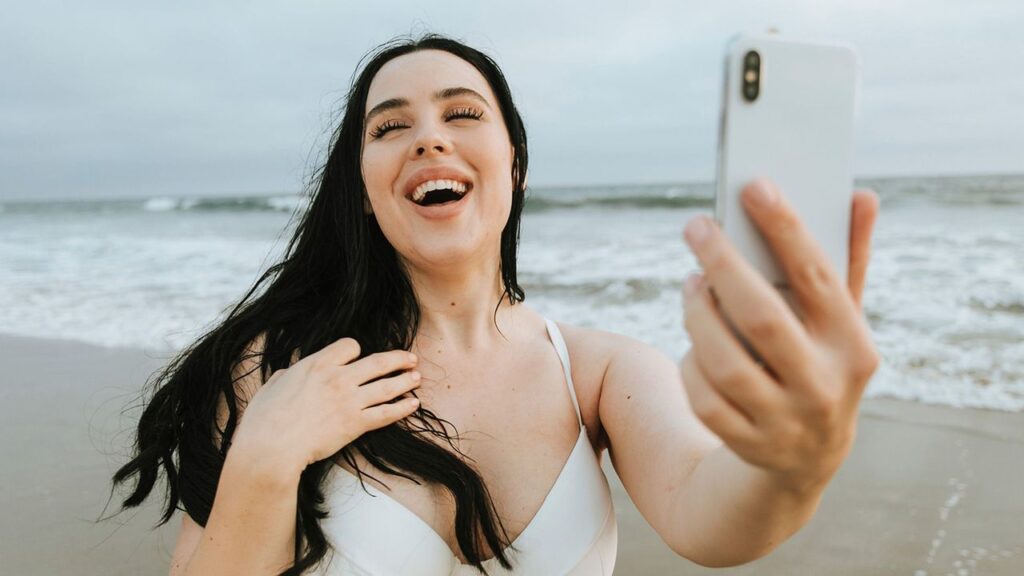
The rise of platforms such as Instagram and TikTok has allowed beauty influencers to share their tips, tutorials, and product recommendations with their followers, often leading to the viral spread of new beauty trends. This has also created a greater awareness of social and environmental issues, leading to a growing demand for sustainable and ethical beauty products. As a result, many cosmetic bottle manufacturers, such as Calaso, have begun to offer eco-friendly and reusable packaging options to cater to this demand. In addition, the use of social media has led to an increased focus on product packaging design and aesthetics, as consumers are often drawn to visually appealing products that they can showcase on their social media channels. For example, closures play a fundamental role in the purchase choice of certain products because if the package is difficult to open, people will not buy the product.
How is social media changing beauty standards?
With the help of social media platforms, beauty standards are shifting away from traditional Eurocentric ideals towards more inclusive and diverse representations of beauty. This shift is being driven by social media influencers who use their platforms to showcase a wider range of beauty standards and to give representation to underrepresented communities. For example, popular beauty influencers like Jackie Aina and Nyma Tang have used their social media platforms to advocate for greater diversity and inclusivity in the industry, leading to more brands offering inclusive shade ranges for foundation, concealer, and other products. Additionally, many beauty brands have also started featuring models with different skin tones, body types, and hair textures in their ad campaigns, as a response to the demand for more representation.
How do brands use social media to reach consumers?
Brands use social media to reach consumers by building their brand identity, engaging with their audience, and promoting their products through various channels. For example, beauty brands often leverage the popularity of social media influencers by collaborating with them to create sponsored content, reviews, and tutorials. They also use social media to run targeted ad campaigns to reach specific audiences and to post user-generated content to promote their products. Additionally, brands may use social media to build their communities by creating groups, pages, and hashtags that allow them to connect with their consumers and receive valuable feedback. Social media analytics and data can also be used to track consumer engagement and sentiment, allowing brands to adjust their strategies and campaigns accordingly. This allows brands to more accurately reach their target audience.
